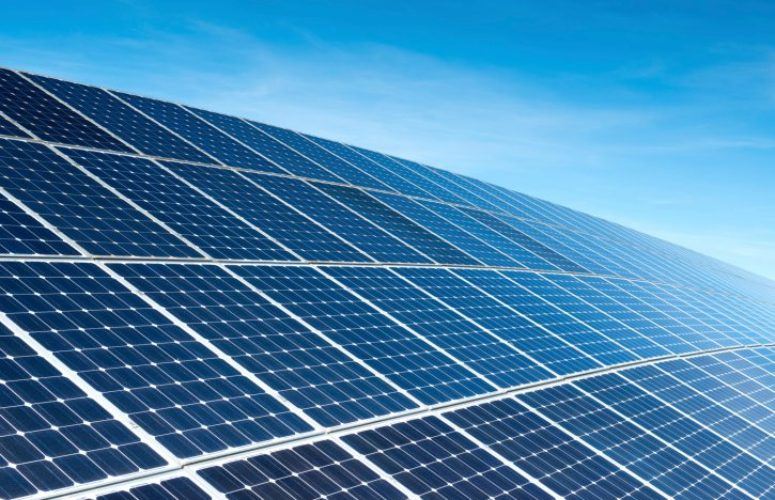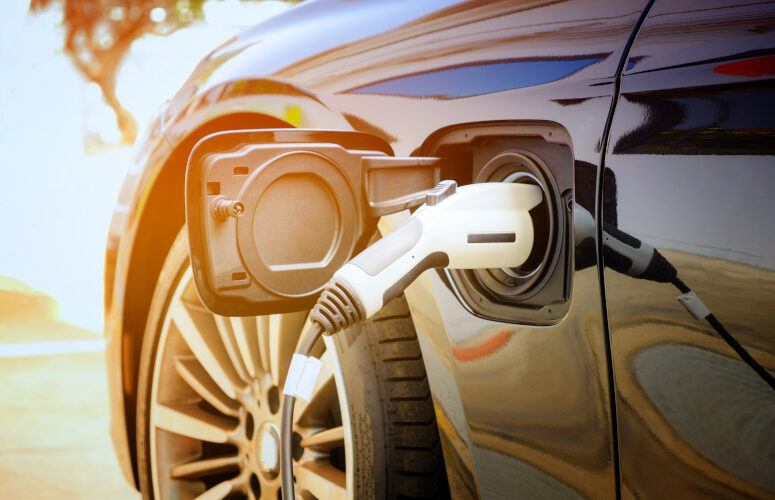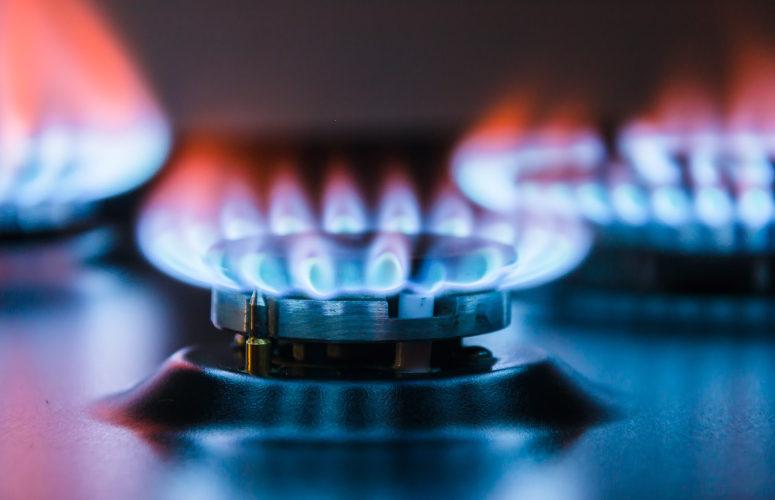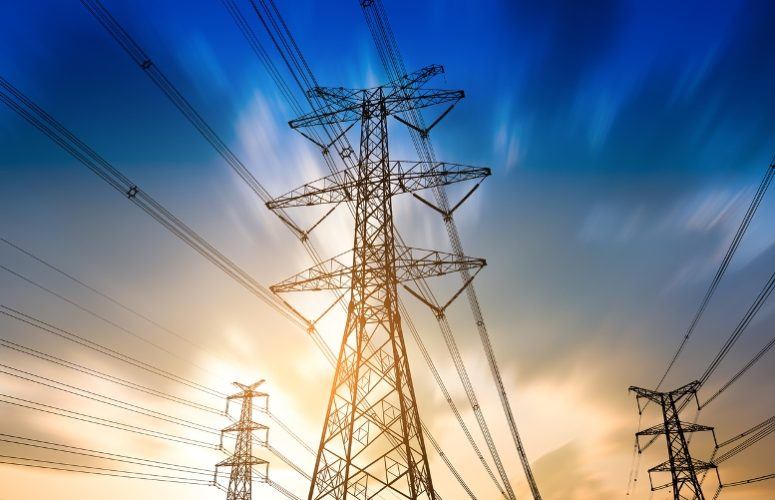
Christie Administration Reaches Significant Renewable Energy Milestone in 2016
On Jan 18, 2017The New Jersey Board of Public Utilities, (NJBPU) today announced that New Jersey’s solar industry has hit a significant milestone in surpassing 2 gigawatts (GW) of installed solar energy capacity. As detailed in the year-end New Jersey Solar Installation Report released today, New Jersey has more than 2,003 MW (2GW) of solar capacity installed statewide through nearly 66,000 solar projects, as of the December 31, 2016. Approximately 94 percent of all installed solar capacity in New Jersey has been installed during the Christie Administration.
“We are proud that the Christie Administration’s commitment to renewable solar energy has led to the achievement of surpassing the 2 gigawatt milestone and recently being recognized as the #2 state for residential solar by Solar Power Rocks in its U.S. Solar Power Rankings 2017,” said Richard S. Mroz, President, NJBPU. “Through this Administration’s efforts to support solar, New Jersey has achieved the fourth highest cumulative amount of installed solar capacity in the country; with 94 percent of all that solar being installed during Governor Christie’s first seven years in office. We are ensuring a future where distributed solar energy generation remains an important part of New Jersey’s energy future.”
This milestone is an achievement only reached by a few very large states and demonstrates the success of the Solar Act in advancing solar across all market sectors in New Jersey. In fact, 2016’s installed capacity of 353 MW ranks as New Jersey’s second highest year, behind only that of 2012 which had 417 MW of installed capacity. Among the approximate 66,000 solar installations across the Garden State, there are over 60,000 residential, 3,800 commercial, 550 school, and 280 government projects constructed in places such as, rooftops, carports, landfills and brownfields.
New Jersey was recently ranked the second friendliest solar state for 2017 by the solar research and advocacy group Solar Power Rocks. In its newly released United States Solar Power Rankings 2017, Solar Power Rocks praises NJ’s commitment to solar energy, stating “NJ’s solar carve-out is still near the best in the nation.” Another recent report issued by Clean Edge and the Retail Industry Leaders Association ranked New Jersey second nationally in Corporate Onsite Solar Deployment and third nationally in Corporate Clean Energy Procurement. Additionally, New Jersey continues to rank second in the nation for installed solar capacity at the electric distribution system level.
In July 2012, Governor Christie enacted bipartisan legislation that coupled acceleration of the renewable portfolio standard (RPS) for solar energy with a reduction of the solar alternate compliance payment (SACP) levels. The Solar Act has and will continue to help New Jersey’s solar industry meet an important goal of Governor Christie’s 2011 Energy Master Plan, strengthening the State’s solar market and securing the state’s place as a national leader in renewable energy. New Jersey is on target to exceed its 22.5 percent renewable energy standard portfolio by 2021, as outlined in the 2011 Energy Master Plan.
New Jersey’s robust and mature SREC market enables a variety of ownership models and types of contracts that make project financing possible for solar developers. Since Governor Christie took office in January 2010, growth in the development of solar capacity in New Jersey has skyrocketed by 1876 MWdc, a rate of growth of approximately 1,477 percent over just seven years.
Solar in the Garden State is installed on residential dwellings, business and government facilities, and underused land, such as landfills and brownfields. In addition to the environmental benefits offered by renewable generation, solar connected to the distribution system provides additional benefits such as generating electricity where it’s needed and consumed; lowering capacity and congestion prices for delivery of electricity for all ratepayers; and lower energy cost for residents, businesses, towns and school districts that have solar arrays.






